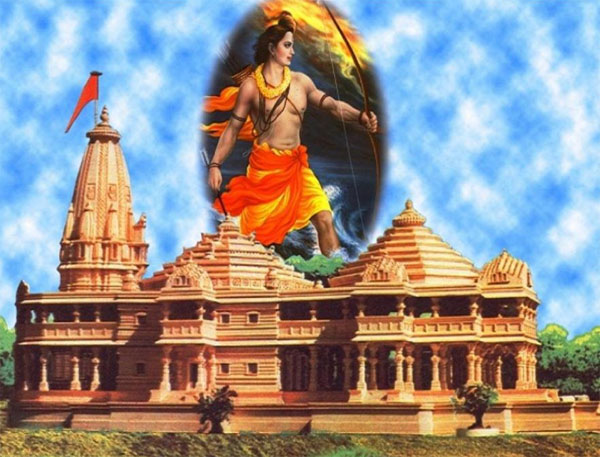
A spectacular temple of Lord Shri Rama is in the offing at Ayodhya. Rama is not only the name of God the Absolute and at the same time the name of an ‘Avatar’ (incarnation) of God for the Hindus ; He is the cultural icon representative of the whole of India. Unfortunately, a narrative created by some vested interests having certain ideological predispositions has been recently propagated in order to portray Shri Rama in a narrow perspective.
A classic example of this was seen in Bengal when Shri Rama was being projected, deceitfully, as the cultural icon of only North India, and as an outsider for Bengali culture. The narrators, however, seemingly failed to remember that after Sanskrit and Apabhramsa, the first Ramayana in any Indo-Aryan languages, was first composed in Bengali language, and not in Hindi or Gujarati. In the fifteenth century, the famous Bangla poet Krittivas Ojha composed ‘Krittivasi Ramayana’ or ‘Shrirama Panchali’ in Bangla; one century before, ‘Ramcharita Manasa’, the most popular ‘Ram-Katha’ (Lord Shri Ram’s life story) in India by Hindi or Awadhi poet Tulsidas, was composed. ‘Krittivasi Ramayana’ has the same popularity in Bengal as that of the ‘Ramcharit Manas’ in Hindi regions. Ruth Vanita, a Professor of literary history and culture at the University of Montana, USA, states in her study that in pre-modern Bengal, before the advent of British, ‘Krittivasi Ramayana’ used to be the most popular book, and remained in widespread circulation even in the twenty-first century.
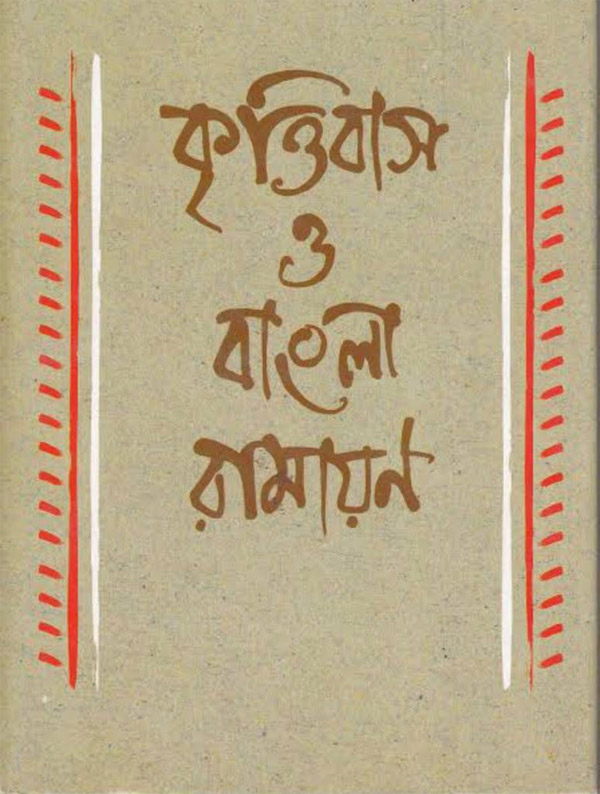
It must be underlined here that magnitude of the impact of ‘Krittivasi Ramayana’ on the ‘Ram-Kathas’ in other Indian languages has been huge. To cite an example is an episode when Sri Ram gets frustrated in the Rama-Ravana war, and as a last effort Rama worships ‘Shakti’ (Goddess Durga), whose graces lead to Ravana’s defeat. This was a novel ideation by Krittivas, at a different note from Valmiki’s ‘Adi Ramayana’. Influenced by this narrative of ‘Shakti-Aradhana’ (Durga’s worship) by Rama, noted Hindi poet Nirala composed his famous poetic work ‘Rama Ki Shakti Pooja’.
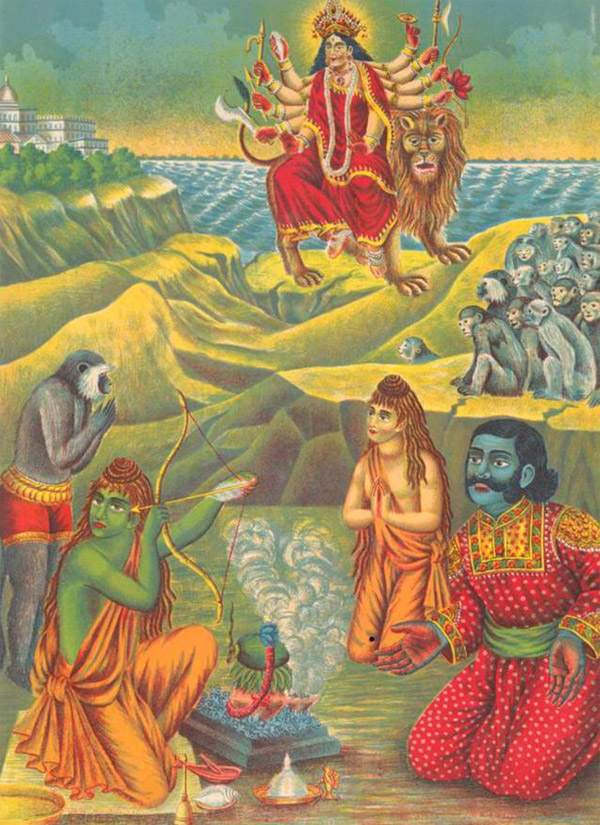
It is also worth noting that although ‘Rama-Kathas’ were written in almost all Indian languages, however it gained immense popularity in Bengal what can be gauged from the fact that after Hindi, ‘Rama-Kathas’ have been mostly written in Bangla. It’s not without a reason that Chaitanya Mahaprabhu’s “Hare Rama-Hare Krishna” chant emanating from Bengal resonated in entire India during the medieval period.
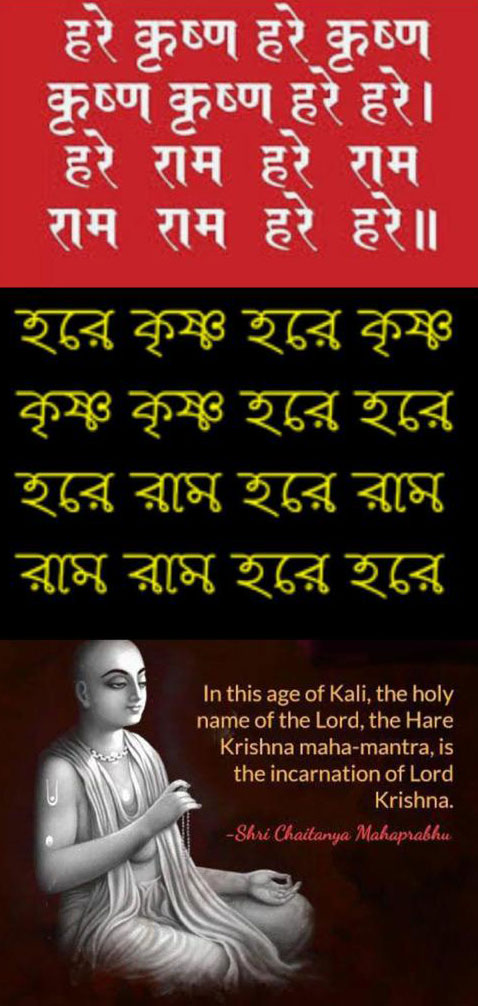
Nobel Laureate and Indian intellectual hailing from Bengal, Rabindranath Tagore was impressed with and was an admirer of Shri Ram’s character. Bhabatosh Dutt, a Padma Vibhushan awardee and noted educationist, in his book ‘Ravindranath Tagore on the Ramayana and the Mahabharata’, writes, for Tagore, Shri Ram embodied the highest ideals of mankind. Tagore, himself, in his preface of dance-drama ‘Rakta Karabi’, and in the poetic composition ‘Ahalyar Prati’, described Shri Rama’s character as synonymous with delightfulness, beauty, peace and greatness.
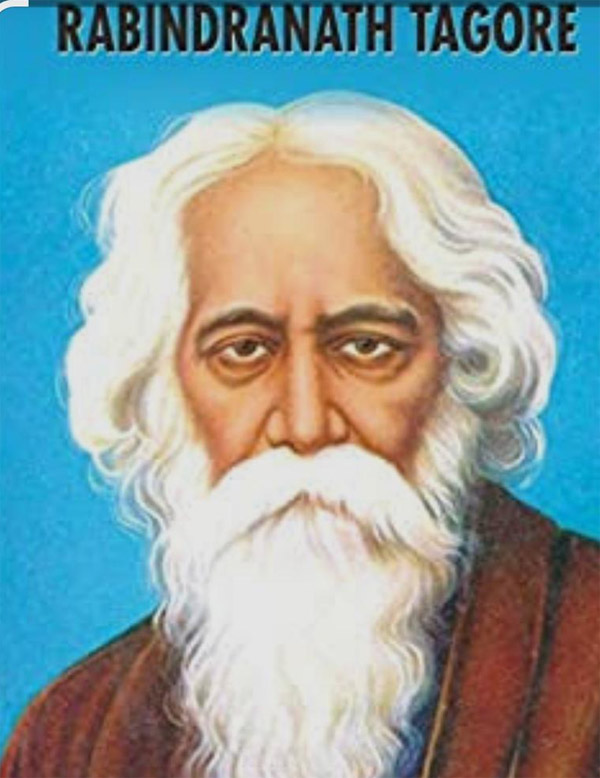
If renowned saints and great intellectuals from Bengal took pride in the Hindu cultural legacy and adored the central figure of the ancient Indian epic Ramayana then compartmentalization of Shri Rama within a certain geographical region of India can only be seen as a pseudo-intellectual narrative, an abjectly wrong approach imbuing in sectarian politics.
Some prominent people from Tamil Nadu also seem to have toed the line with the misleading Bengal narrative for cheap gains. There are some obvious reasons behind raising such controversy over the cultural heritage of Shri Rama. The obvious reasons are rooted in a battle for political or ideological supremacy, furthered by a half-baked understanding of the Hindu philosophy and religion; wherein various Gods and Goddesses are bracketed within specific regions and sects. This can be seen as the aftermath of the monotheistic interpretation of Hinduism forwarded by the Western intellectuals, who always saw a ‘Shaiva’ (Shiva-worshipper) to be different from a ‘Vaishnava’ (worshipper of Vishnu-Ram-Krishna) and for that matter from a ‘Shakta’ (worshipper of Shakti or Durga); all of them being considered to be different entities altogether, sometimes even opposed to each other. Whereas ‘Rama-bhakta’ Tulsidasa wrote in the context of Rama that “Shiv-drohi Mama Dass Kahaava, Soi Nar Mohi Sapnehu Nahi Bhaava”, meaning that “One who is opposed to Shiva, is not dear to me (Rama) even in my dreams and even if he is in my service.” On one hand, Shri Rama worships Durga as the Mother Goddess, and on the other, Shri Rama himself is the ‘Ishta-Deva’ (cherished divinity) of lord Shiva, consort of Goddess Durga.
Another hallmark of the integral relationship between lord Shiva and lord Rama can be seen at the Ramanathaswamy Temple in Rameswaram of Tamil Nadu, one of the holiest places of pilgrimage for Hindus and counted among the ‘four Dhamas’. Here Shiva is worshipped as the presiding deity of Rama. Moreover, even the name of district, Ramanathapuram (abode of the Master of Lord Rama), itself is suggestive of the same. Interestingly also, people in North India worship goddess ‘Kali’ at Dakshineswar in Kolkata, or ‘Kamakhya Devi’ in Guwahati, or ‘Vaishno Devi’ in Jammu (all the three being the forms of Durga) with the same spirit of veneration as they worship Lord Rama.
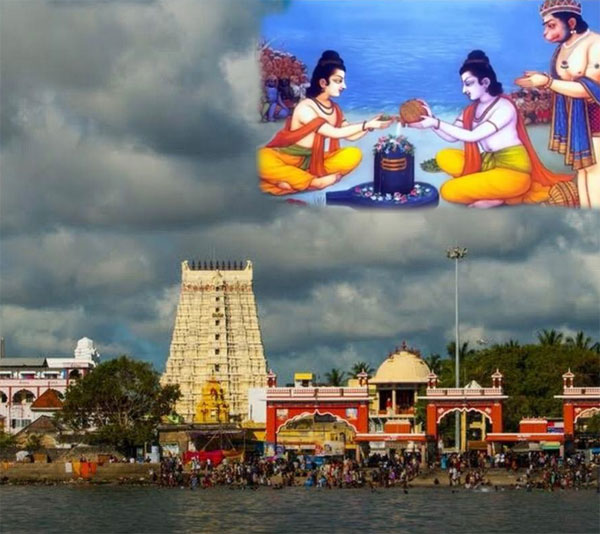
It is also antithesis to the sectarian propaganda, that Shri Rama has been popular not only among the upper caste Hindus, but also among the classes like Dalits, OBCs and tribal people as well as Muslims too. AbdurRahim Khankhana, a contemporary of Tulsidas, saluted Shri Rama, and Muhammad Iqbal, the noted poet, viewed Sri Rama not as the god belinging to only Hindus, but as a symbol of India’s cultural heritage. Sri Rama is so much a part and parcel of our lives that saying ‘Jai Rama-ji Ki’ or ‘Rama-Rama’ or ‘Jai Shri Rama’, has been one of the common expressions for greeting each other.
According to the Belgian missionary and an authentic scholar of ‘Rama-Kathas’, Camille Bulcke, the ideals, values and social harmony that Sri Rama reflected and struggled for are inbuilt in the entire Indian society and culture. Those who mislead, in the name of Shri Rama, must understand that, it is not as per the values, what ‘Kritibasi Ramayana’ or Gurudeva Rabindranath enunciated and what the great Bengali society is known for.
Prof. Niranjan Kumar
(Prof. Niranjan Kumar teaches at the Central Department of Hindi, University of Delhi. He has taught earlier in various US universities.)
